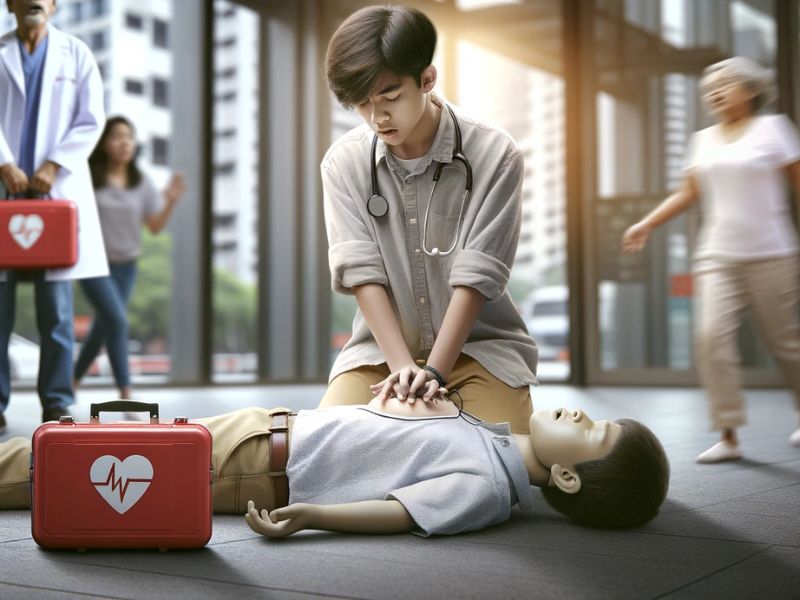
When TV saves lives: a teenager's lesson
A 14-year-old boy becomes a hero after saving a man from a heart attack thanks to acquired skills
In an increasingly aware society of the importance of preparation in emergency situations, the story of a young boy who saved the life of a 65-year-old man suffering from a heart attack highlights the essentiality of first aid training and the use of automated external defibrillators (AEDs). What started as an ordinary evening routine transformed into a moment of courage and determination, offering a powerful testimony to how knowledge and quick thinking can make the difference between life and death.
An informed act of courage
The story recounts a 14-year-old boy who, faced with a man unexpectedly struck by a heart attack, implemented instructions received from emergency services over the phone. The night before the event, the young boy had watched “Doc-Nelle tue Mani 3“, a successful public service fiction starring Luca Argentero, learning techniques that would prove life-saving. Following the guidance of medical personnel over the phone, he managed to perform effective cardiopulmonary resuscitation (CPR), keeping the man stable until the arrival of emergency services.
The importance of first aid training
This story underscores the crucial importance of first aid training for people of all ages. Educational programs in schools, community courses, and awareness campaigns can equip citizens with the necessary skills to handle medical emergencies. Knowledge of CPR techniques and the correct use of AEDs are valuable skills that can significantly increase the chances of survival in cases of cardiac arrest.
The spread of automated external defibrillators
Accessibility to automated external defibrillators (AEDs) in public places is another fundamental pillar in the chain of survival. These devices, easy to use even by non-professionals, can restore a normal heart rhythm in cases of ventricular fibrillation. Increasing their presence, coupled with widespread training on their use, is a priority goal for local administrations and healthcare institutions, aiming to create safer and more prepared communities.
Towards a culture of first aid
The story of the young hero not only celebrates an act of extraordinary readiness but also serves as a catalyst to promote greater awareness of the importance of first aid training. Educational initiatives, the integration of first aid courses into school curricula, and facilitating access to AEDs are essential steps towards building a more aware society ready to respond to emergencies.
Sources


